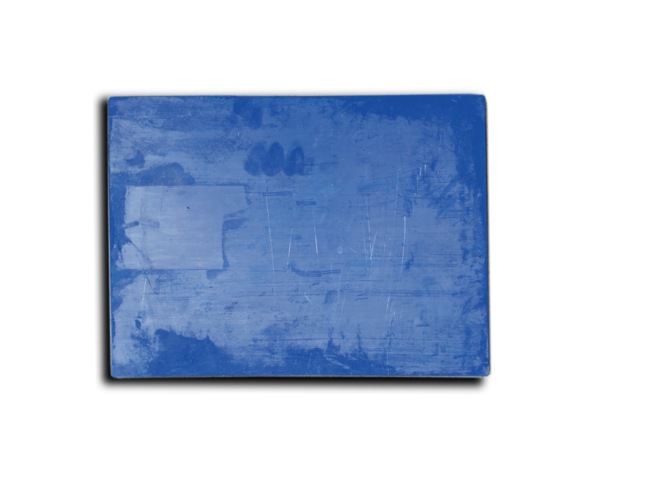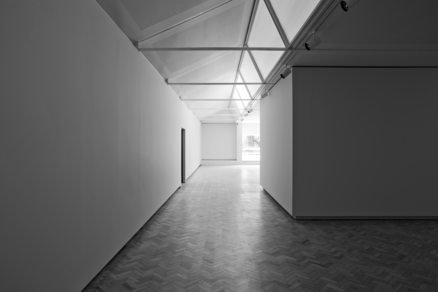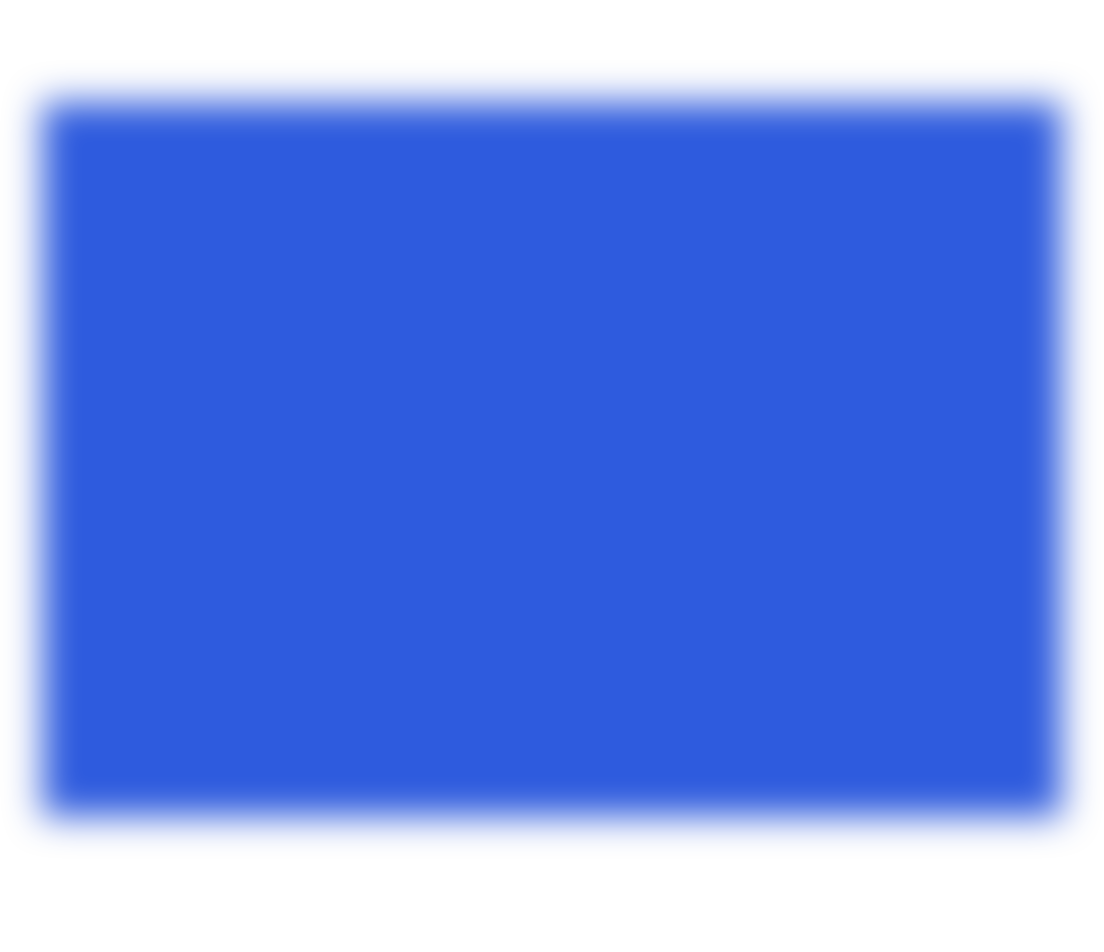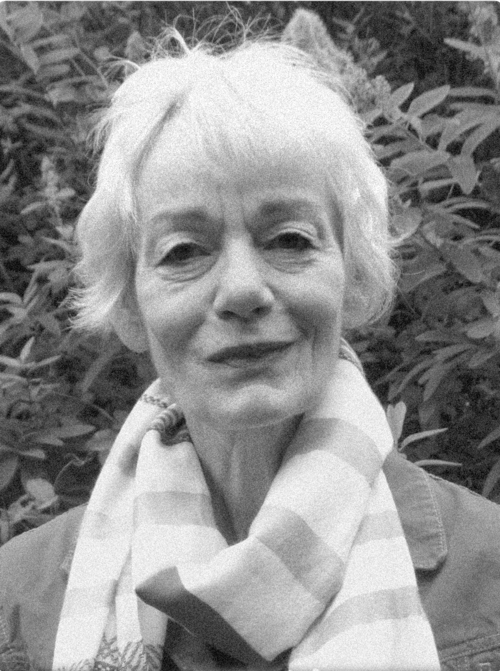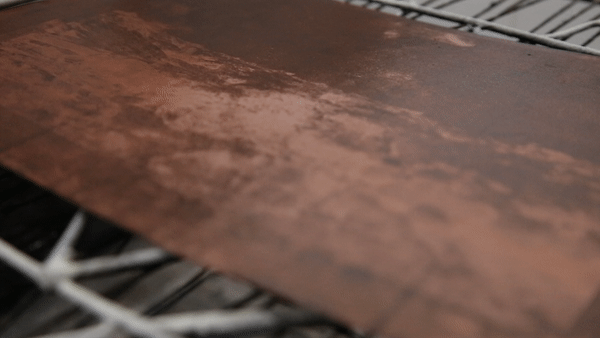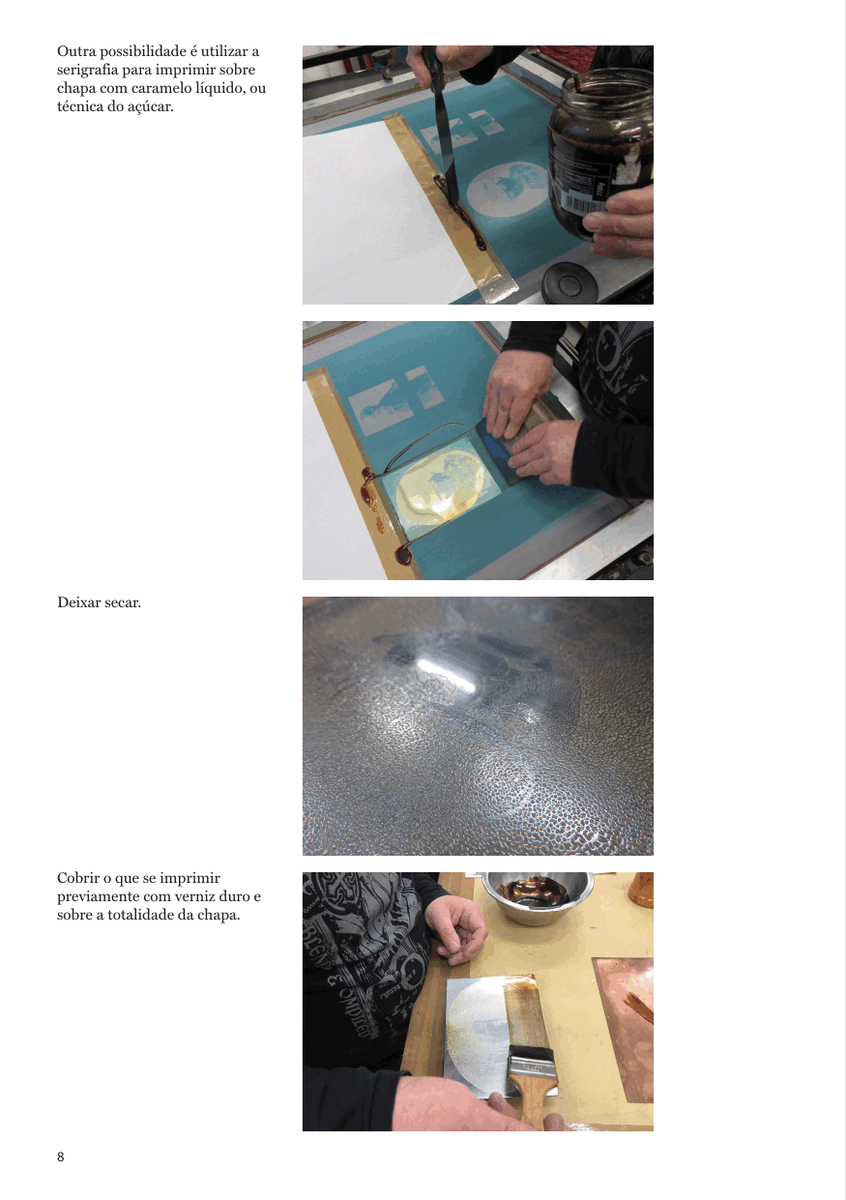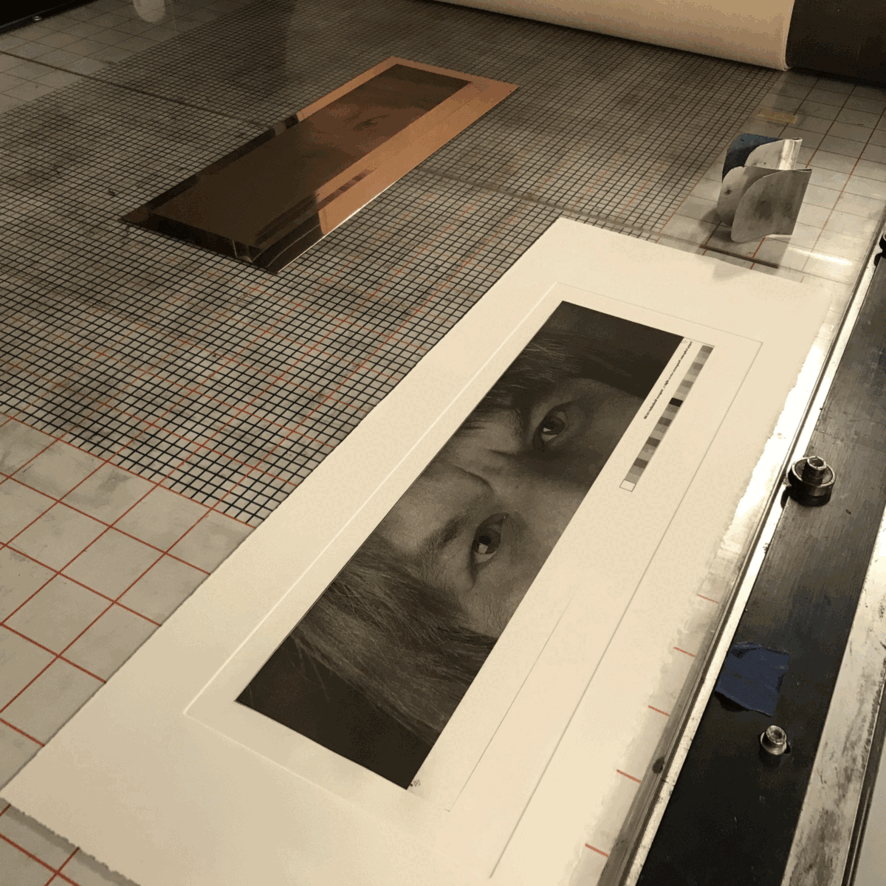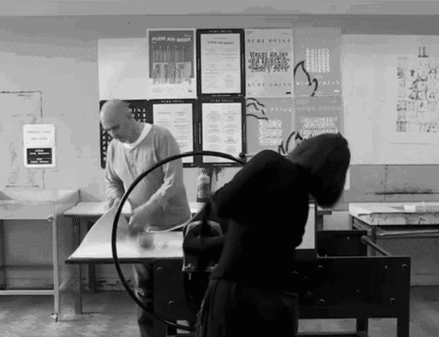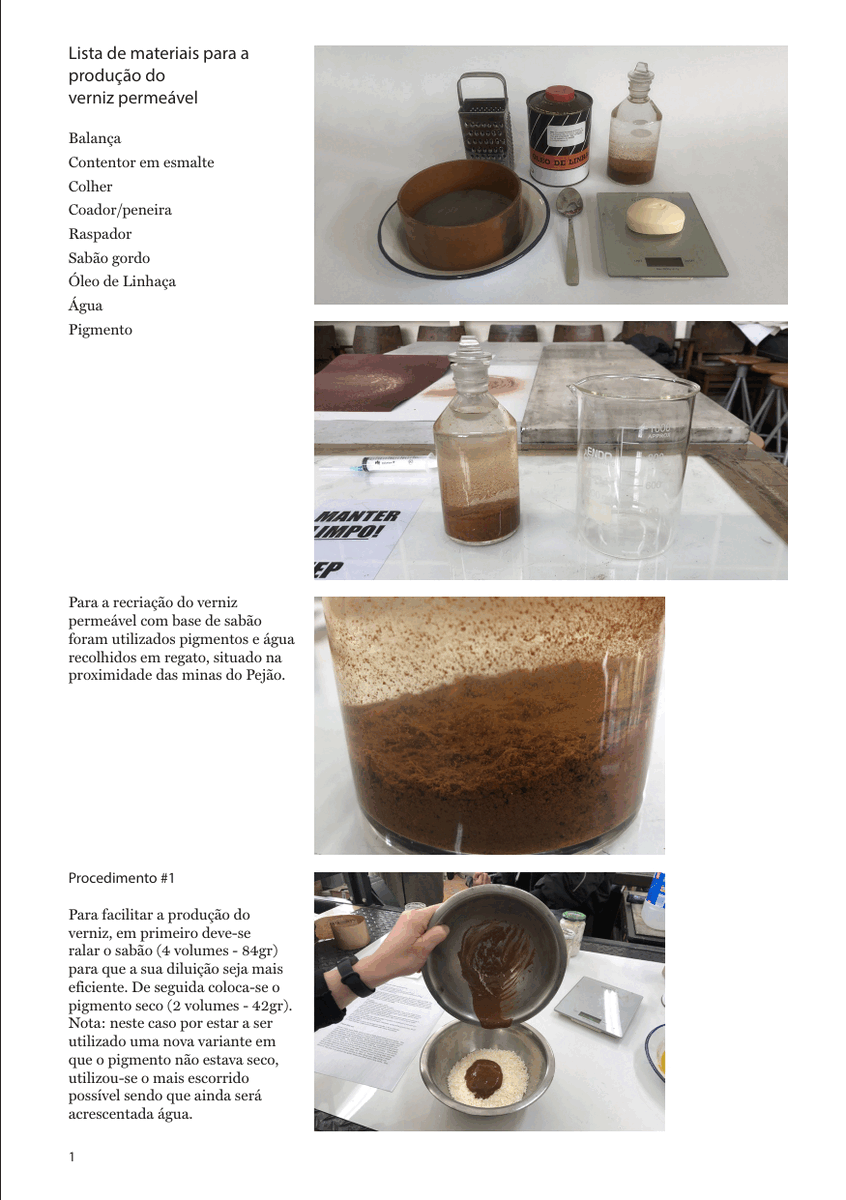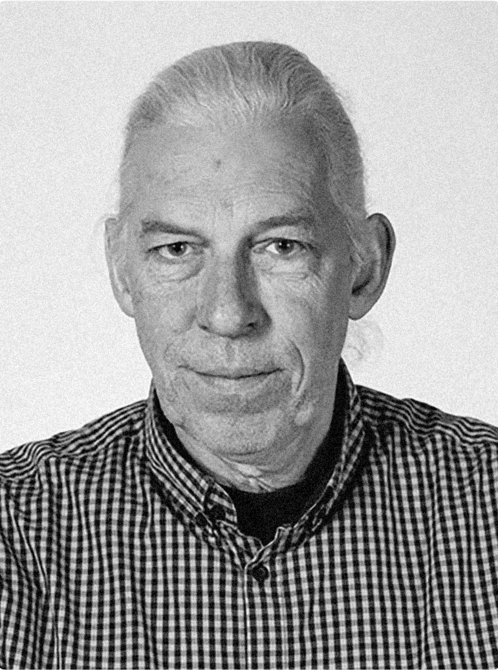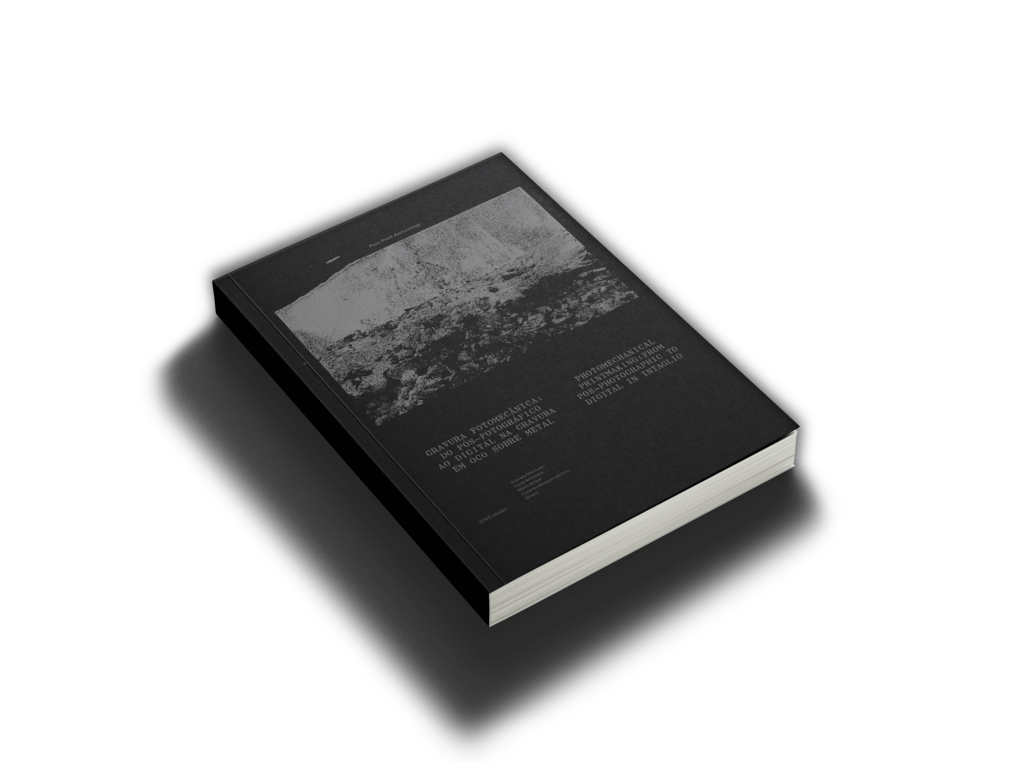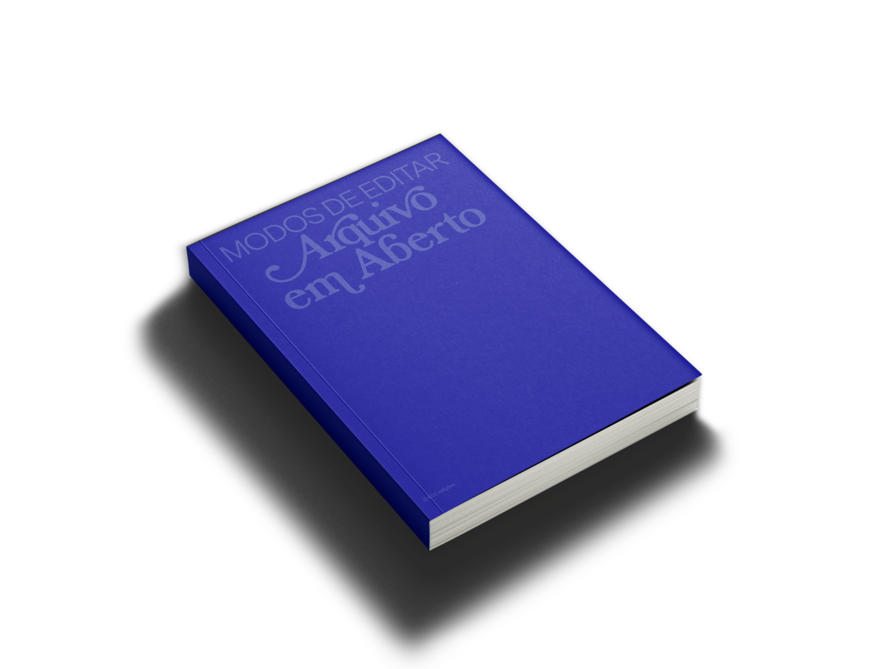In this edition, Modos de Editar: in situ- ex-situ is included in the program of the 1st research meeting of the Pure Print Archeology interest group. During this week we will reflect, test practices, and present academic and artistic research projects that explore photomechanical and innovative processes in the field of printing. In this context, Modos de Editar as a seminar open to the community outside and inside FBAUP, will contribute.
Over the five editions, as we can see in the book Modos de Editar: Arquivo Aberto to be launched in this edition, we tried to explore the different synergies and contexts in the printed image. Once again, the design remains focused on contemporary production and on the extended history of photomechanical editing and reproduction processes. We were interested in looking at the practice developed at FBAUP in situ and thus moving the work and research carried out to other production spaces. From here, subjecting the gaze to layers of information coming from outside, impregnated in ex-situ artifacts to enhance an exercise of reframing that allows us to broaden the interpretation of what we do and find intersections with other contexts and communities.
Based on this errancy of production and dialogue between inside and outside, the seminar's interventions are oriented. At first, Ruth Pelzer-Montada (ECA) gives an approach to printmaking in a contemporary context, followed by Maria Estela Jardim (FCUL) through the analysis of her experience of photography and print collections in a Portuguese scientific context. Finally, Jan Pettersson (KHIO ) will intervene to show his 25 years dedicated to studying photoengraving and heliogravure, among other processes in a contemporary context, and historical research around archives/institutions and interviews. The seminar ends with a matrix printing demonstration.
As a result, we expose the specimens reconstructed from scratch and propose a technological diversity in affirmation.
.
is an artist and scholar with a particular interest in print media. She holds a PhD in art practice, a BA(hons) in Painting from ECA and an undergraduate and postgraduate degree in German Literature and Political Science from the University of Heidelberg. She has been teaching Visual Culture and historical and critical studies at ECA and other Scottish art colleges while pursuing her research through both artistic projects and writing. Her work has been exhibited in Scotland and abroad. Her writing has appeared in international peer-reviewed journals and conference publications and online. Her anthology Perspectives on contemporary printmaking. Critical writing since 1986 is published by Manchester University Press.
The "in situ — ex-situ" exhibition presents technological research results at i2ADS/FBAUP around photomechanical processes. Photo engraving, gillotage, photo-enamel, cromocuprography, photolithography, diazo type, lithophane, among others, were the object of technological reconstruction and its reconduct to artistic practice. The first rehearsals took place in 2016 on the pretext of analyzing a set of zinc engravings by Marques de Abreu, treated in the first seminar, “Modos de editar” . Since that date, and in transit between the observation of archives, print workshops, laboratories, offices, graphic arts companies, museums, and laboratory practice, we have reconstructed the presence, identity, and procedural visibility of these artifacts in situ and ex-situ. Along the way, we rethink how artistic research can embrace chemical printmaking in its difficult declinations, particularly in Portugal's scientific and graphic arts context. We also reveal less recognized contiguities. There, materiality proliferates, and disciplinary crossings are the basis for building the image.
is currently Professor at Department for Printmaking and Drawing at Department for Art & Craft at Oslo National Academy of the Arts Oslo, Norway. His current projects lies within the photographic field with focus on the objectivity of photography within the print medium. The basis for his projects comes from his own private history, his research, film, history, music, art history, theory, fiction, and his travels. Published Photogravure and Archaeological Research published by KHiB, and Researching historical print archives to integrate 'found' knowledge into post-digital printmaking workshops (2022).
This talk will have a focus on photogravure on copper & the display actual prints in B & W; color from my own artistic practice/research and from student’s projects done in the Photogravure Club at KHiO. It will also include the explanation of different photomechanical processes in intaglio printing, prints/plates made with different photomechanical processes & a print demonstration printing a black and white photogravure.
As Professor and the Head of Print, at Department for Art & craft at Oslo National Academy of the Arts my focus is on the relevance of print as a concept within contemporary art.
In 1979 I took an evening class in intaglio printmaking. The experience gained during those has set the premises for my interest in the media of printmaking. I also started researching old photographic print processes. This research led to specializing in photo-based print media, with artistic research into multi-color copperplate photogravure on copper.
My art projects are based on my own private history, research, travel, film, music, art history, theory and fiction. The unconscious identification of being connected to events from the past, present, and future is an important prerequisite for me in the realization of my work. My prints are held in international public collections.
The use of large-format wet collodion glass negatives in the 1850s enabled photography to be used more extensively for photomechanical printing and reproduction. For map-making and surveying the development and application of this nineteenth century photo-reprographic technology had great advantages over expensive and elaborate processes based on traditional engraving and lithographic methods.
In this talk it will be discussed the importance of photographic, printing instruments and techniques that were specially designed to be used in the second half of the nineteenth century for photomechanical map production. An emphasis will be made on the photographic section of the Portuguese Geographical Institute founded in 1872 and its collaboration with other European cartographic institutions that employed extensively the photomechanical techniques.
was born in Lisbon in 1945. She holds a degree in Chemistry from the University of Lisbon (1970), a PhD in Chemistry (Mass Spectrometry) from the University of Glasgow, UK (1975) and from the University of Lisbon (1976). She has the preparatory course of the National School of Music in Lisbon. She was Associate Professor of the Faculty of Sciences of the University of Lisbon (1979-2010). She participated in the design and was a member of the FCT Project: “Scientific Photography: study of instrumentation and chemical-physical processes during the period 19th-early 20th centuries” (approved in 2009; duration: 2009-2013). Her present research interests are in the area of historical scientific photography and cinema as well as the relationship between Art and Science. Within the Science and Art domain, she participated in the design of the International Doctoral Program “Philosophy of Science, Technology, Art and Society” which began in September 2014 and lectured in this program as well as in an undergraduate course on “Science and Art” given at the Faculty of Science, University of Lisbon.

